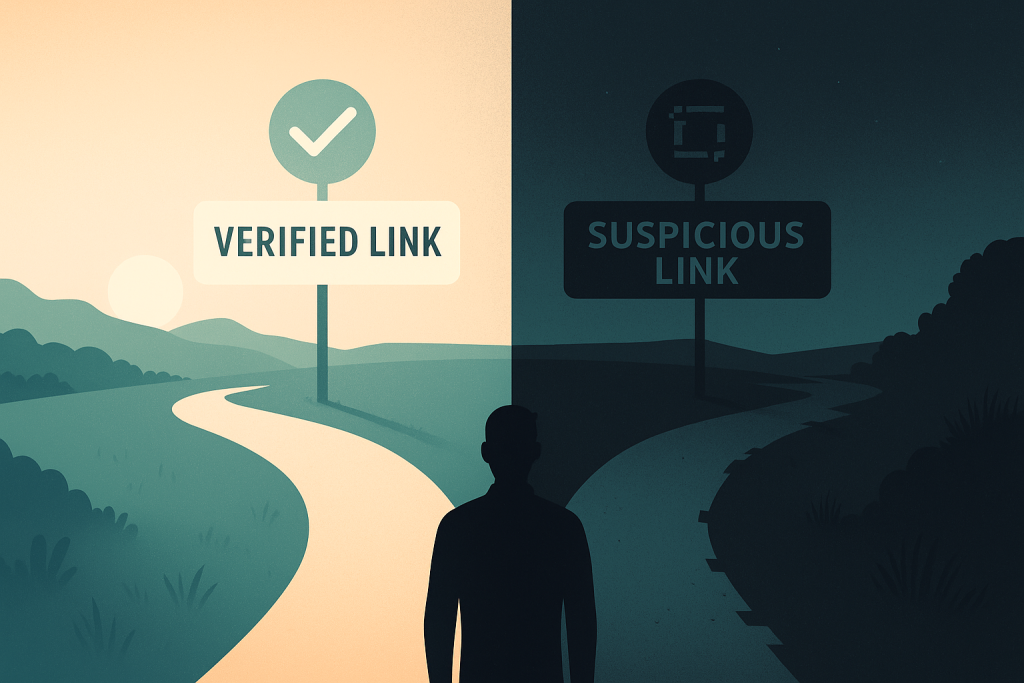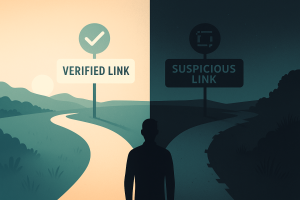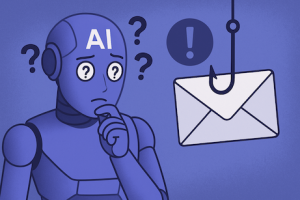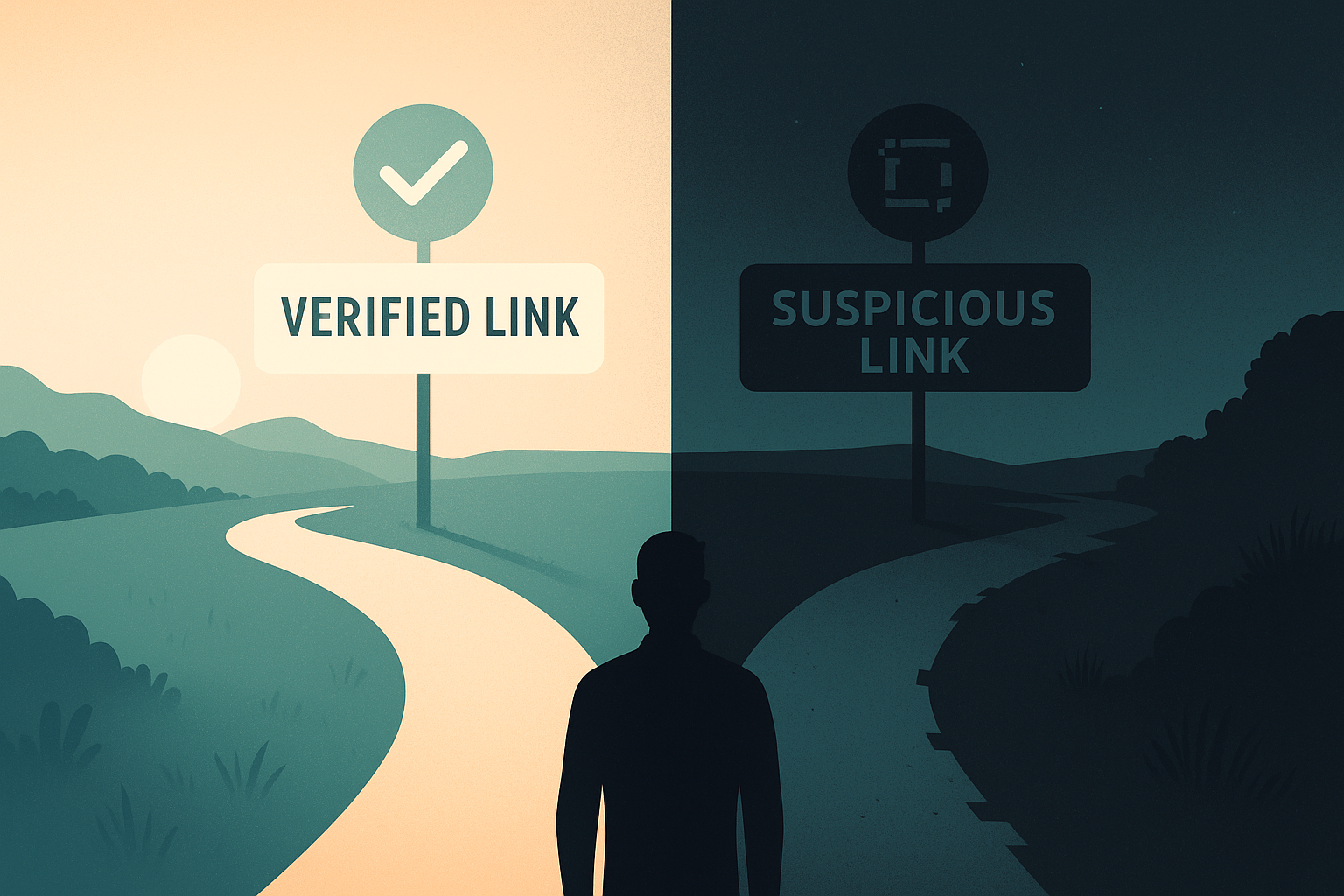Think about how you move through your digital life.
- Every time a text arrives, you pause.
- Every time an email lands, you hesitate.
- Every time you see an offer on social media, you wonder if it’s genuine.
- Every time someone sends you an app, you check it twice.
We’ve all learned to slow down because we know the security systems that claim to protect us are simply not reliable.
Look around and you’ll see the same pattern everywhere.
- Parents are told to be careful.
- Employees are told to watch for scams.
- Customers are told to stay vigilant.
Even when companies spend huge amounts on security, the advice never changes. Be cautious. Double check. Think before you click.
If today’s security was doing its job, why would people still be expected to act as the last line of defence? Why do organisations keep telling us to rely on instinct rather than the tools they buy to protect us?
The truth is simple. People are asked to carry the burden because today’s defences can’t keep up with the scale of impersonation. And when something goes wrong, the blame is placed on the person who clicked, not the system that failed to guide them.
So here’s the question that matters.
Would you not prefer a world where you don’t have to guess? A world where you can see instantly whether a link is legitimate, and only pause when it’s not verified as safe?
Because that’s the world we should all expect by now.






